Yes, an accidental discharge. I can, unfortunately, attest that it can and does happen. The Mullet experienced this at the most inopportune time (as if there was a time where this would be acceptable). You see back in 2011, the Mullet and Hampster (Geo) traveled to the Aleutian island of Atka to hunt Russian caribou, otherwise know as reindeer. We were hunting with the Jim Shockey group and had been asked to film an Outdoor Network episode of Shockey’s series The Professionals. That’s right, the two founding fathers of the prestigious Raging Mullet Hunt & Fish Club were to be featured on a trophy hunt that would air on national television… The Professionals!
I departed Tampa and made the long hop to rendezvous with the Hampster in Anchorage, Alaska. We spent two nights there while waiting for a series of puddle jumper flights to Atka. Hampster was showing off his hunting rifle, which included a nifty bipod designed to improve shooting accuracy. The Mullet is primarily a bow hunter with limited experience hunting big game animals sans a bow, particularly at longer distances. For this reason, I felt the need to outfit my Ruger M77 with a bipod, so off we went to find a set at a local sportsman’s shop a few blocks from our hotel. Success came in the form of a bipod that not only fit my rifle perfectly, but included spring tension controls and extendable/foldable legs.
Perfect. I was ready, loaded for bear – or in this case, reindeer.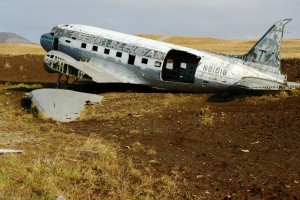
We departed Anchorage early in the morning. The plane was a dated prop-job that required us to make a couple of refueling stops prior to arriving in Atka. The first stop was Dutch Harbor, the Bering Sea base camp for the fishing fleet most popularized by the TV series The Deadliest Catch. Little known fact: Dutch Harbor was one of the few sites, besides the attack on Pearl Harbor in Hawaii, in American territory to be bombed by the Japanese during the war.
We arrived at Atka midafternoon. It is an island within the Aleutian island chain located 1100 air miles west of Anchorage. It is the most isolated native village on the Aleutian chain and is located further west than any other civilian community in the United States. The area encompasses nine square miles of land and twenty seven square miles of water with not a single tree on the island, which makes for challenging stalks.
A shield volcano with a number of outlets formed Atka. The highest point on the island is Korovin Volcano which last erupted in 2006. Aleuts have occupied the island for at least 2,000 years and recent archaeological evidence indicates that the present village site may have had human use since prehistoric times.
After the Japanese attacked Unalaska and seized Attu and Kiska (two other Aleutian islands) in June 1942, the U.S. Government evacuated Atka residents to the Ketchikan area. Atka was burned to the ground to prevent Japanese forces from advancing. Many Attu villagers, released from imprisonment in Japan in 1945, relocated to Atka. This exposure to the outside world brought many changes in the traditional culture and attitudes in the community.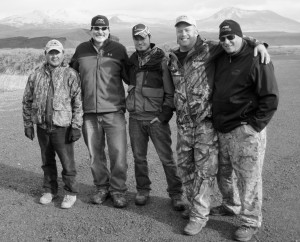
Aleutian weather is extremely volatile. In a single day we experienced calm moderate temperatures followed by violet wind, hailstorms and snow. The rain has a tendency to come at you sideways propelled by the gusty winds. Thankfully, we had been fully briefed on what a day could bring on the island and were therefore prepared – or as prepared as one can be. Three days into the experience, I likened Atka to the “forbidden zone”, a reference to the original Planet Of The Apes movie where no man (or ape for that matter) should ever venture.
One very nice surprise within the “forbidden zone” was that we would be staying in the comfort of a modern condo, complete with a cook to whip up our meals. There were a handful of these dwellings on the island, and we had the privilege of staying in one of them. A hot meal coupled with warm beds called loudly to us each evening as we traversed miles of this rugged volcanic terrain after a long day.
There are no words that adequately describe the competency and enthusiasm of the team supporting us during this adventure. Danny, our native Attu navigator knew every nook and cranny of this island, forward and backward. Jake, our hunting guide was young, energetic, funny, and flawless in terms of spotting and putting us onto quality game. Dan Goodenow, a member of the Shockey Team, simply did it all. Photographer, soundman, storyteller, entertainer, workhorse, therapist, you name it, Dan was the man. If you ever have a chance to travel and hunt with Dan Goodenow, do yourself a favor and you will see what I mean.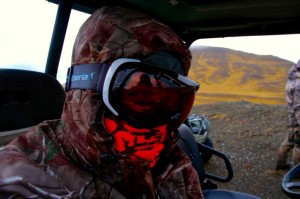
To be a successful bowhunter, one comes to appreciate the preparations and tactics of becoming the stealthy ghost who walks or hides in trees. Bowhunters need to get close, real close. They are a quiet stranger in the backyard of their wary prey, who dare not been seen, heard, or winded as they draw back within 15-30 yards of the 6-8 inch pie plate.
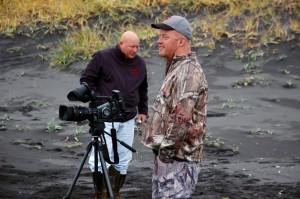 Filming spot and stalk hunts was brand new to me, let alone trophy animals such as the herds that graze the tundra of Atka. Cameramen, telescopic microphones, ear buds, and a “crew” hardly made me feel like a ghost. Thankfully, the plan was to spot a quality bull and sneak up within a couple/few hundred yards and reach out and touch him with a .30-06 bullet.
Filming spot and stalk hunts was brand new to me, let alone trophy animals such as the herds that graze the tundra of Atka. Cameramen, telescopic microphones, ear buds, and a “crew” hardly made me feel like a ghost. Thankfully, the plan was to spot a quality bull and sneak up within a couple/few hundred yards and reach out and touch him with a .30-06 bullet.
Opportunity came a knocking for me on day three. Jake spotted a herd of thirty or so head, with a couple of nice looking bulls mixed in. They were about 1500+ yards out. We huddled to discuss our plan, communication protocol and approach. With limited cover (no trees), the plan was to close the gap by sheilding our presence by weaving our way through the low spots at the bases of the hills between us and the herd. We broke the huddle and with hearts beating loudly, we did just that. Once we got within a few hundred yards, we went quiet and Jake orchestrated the balance of the movements via hand signals. We walked quickly, crouched, and when necessary, slid down embankments on our asses to keep pace. Jake gave the hold signal for the team, and he preceeded to belly crawl about 80 yards ahead to a rock wall that sat atop a small hill.
He didn’t look for long. There was no prolonged survey; he didn’t even lift his binoculars. Instead, he slilthered back to our staged group with eyes as wide as the Great Wallone staring down at a Chinese buffet in Fort Smith, Arkansas. With the calmness of a seasoned professional, he informed us of a world class giant bull, just 90 yards beyond the hill top. It was game time.
The five of us went prone, and proceeded to zig and zag our way to the base of the rock wall. It was Mullet time, I took a few deep breaths, deployed my bi-pod, and extended each of the legs. The Hampster and I locked eyes and nodded to each other as I chambered a round. Three of us – Jake, Dan (with a video camera) and I eased up the rock wall. As my line of sight edged over the top of the wall I saw the massive bull below us, broadside, at about 100 yards. The herd was spread out and heads began to turn in our direction. As I went to rest the bipod legs on top of the rock wall a problem was encountered. I needed to aim the barrel down into the valley, and it was impossible to do. The bipod legs postioned the rifle way too high, and there was no way to lower the rifle with the bipod extended. Panic staring to set in as I lowered myself against the rock wall to fold back the bipod. It took less than 15 seconds to do this and do it quietly. As I elevated once more, I knew I was going to have to get on him quick, and pull the trigger. In an effort to do just this, I rose slowly with the rifle pointing straight up in the air, I used my right hand to disengage the saftey. I did this successfully, however, I simultaneously pulled the trigger at the same time.
Premature etrigulation. The Professional – as simple as that.
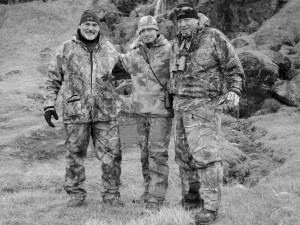 No one, including myself, knew what happened in that instant. Check that, the herd knew what happened and they tore ass up the ridge and out of my shooting range. That footage never made the final cut (thank you, Dan). I did have another at bat two days later, which did make the final cut for the episode. The Mullet redeemed himself by taking the wind out of a nice bull at ~240 yards, right through the boiler room.
No one, including myself, knew what happened in that instant. Check that, the herd knew what happened and they tore ass up the ridge and out of my shooting range. That footage never made the final cut (thank you, Dan). I did have another at bat two days later, which did make the final cut for the episode. The Mullet redeemed himself by taking the wind out of a nice bull at ~240 yards, right through the boiler room.
The Semi-Professionals.
I think Hampster would agree – one of the best outdoor adventures to date.
Part 3 to follow…..

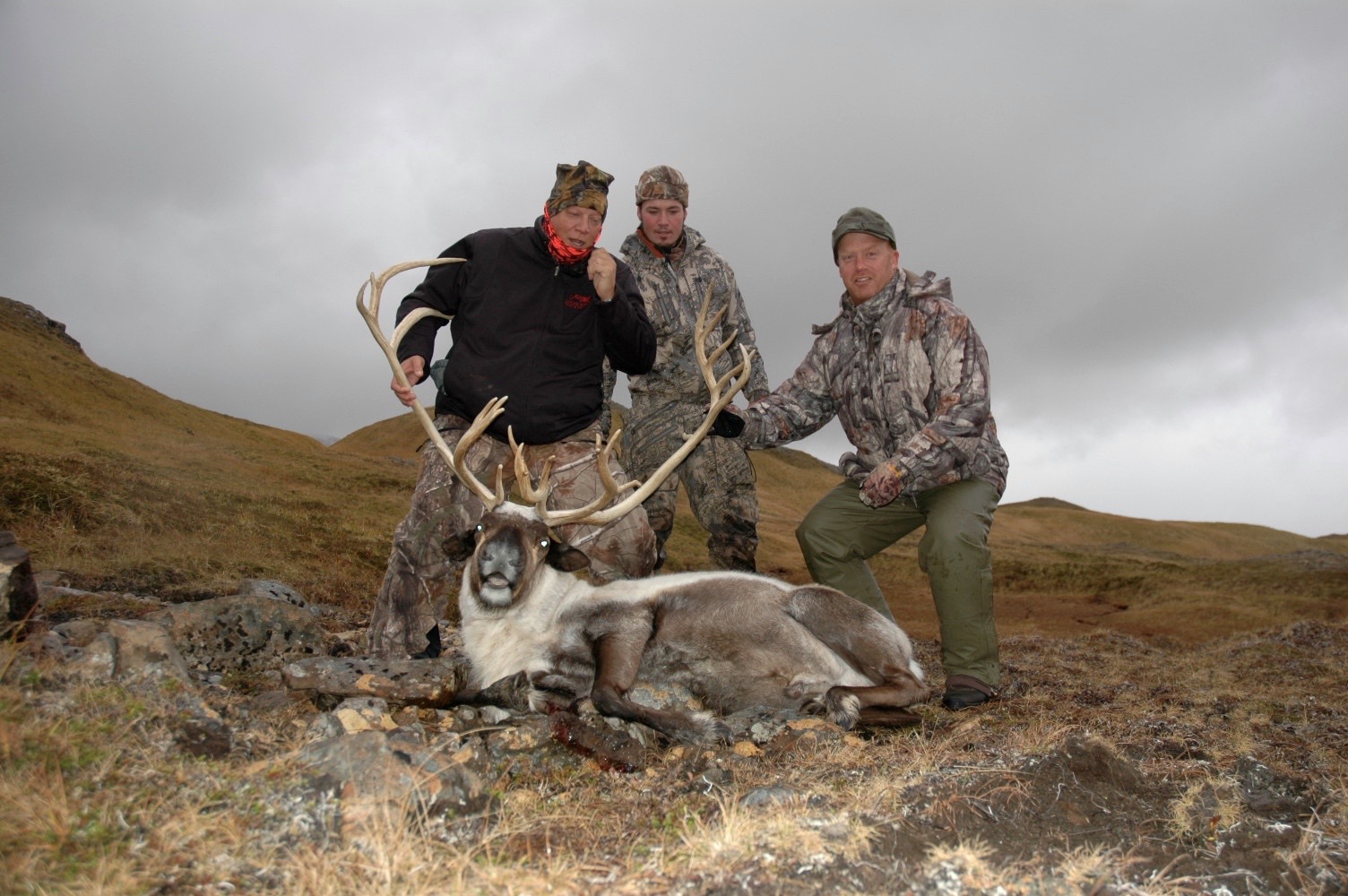

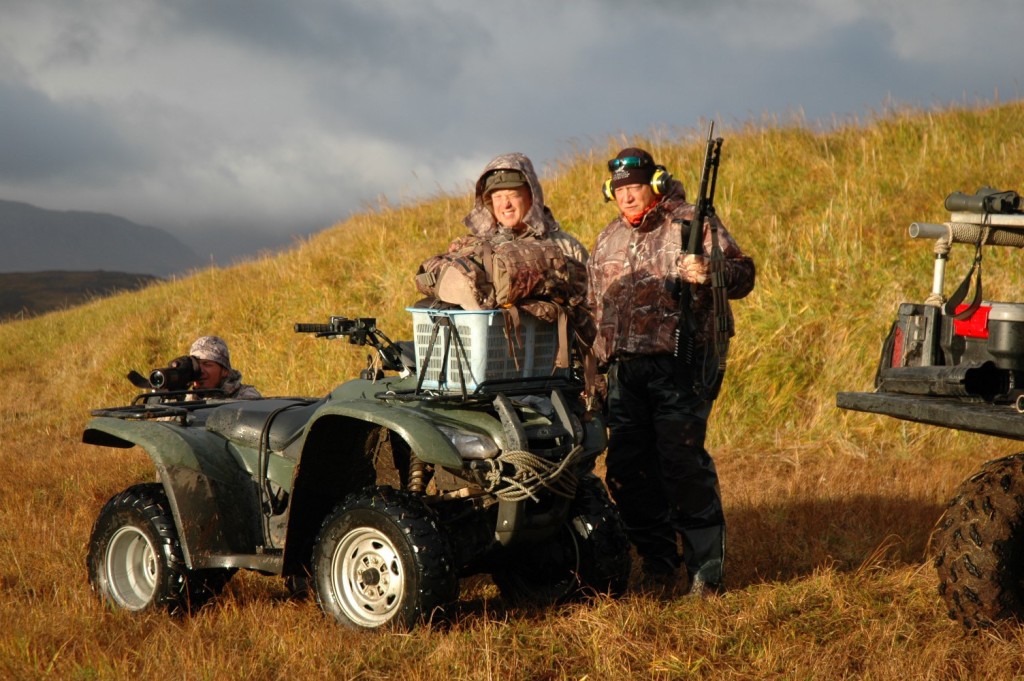
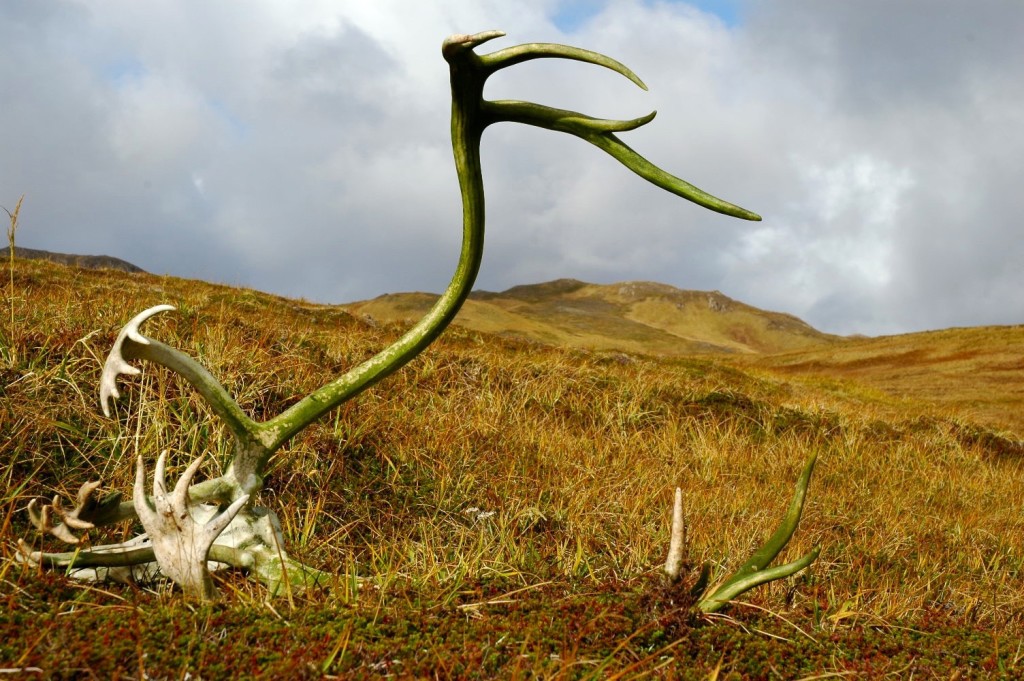
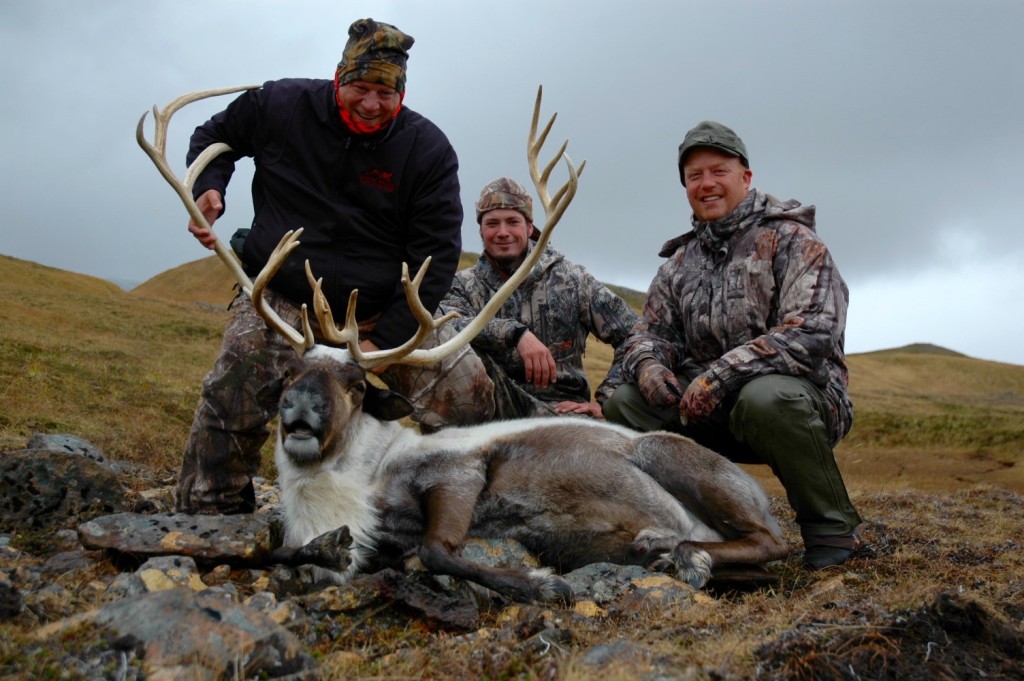


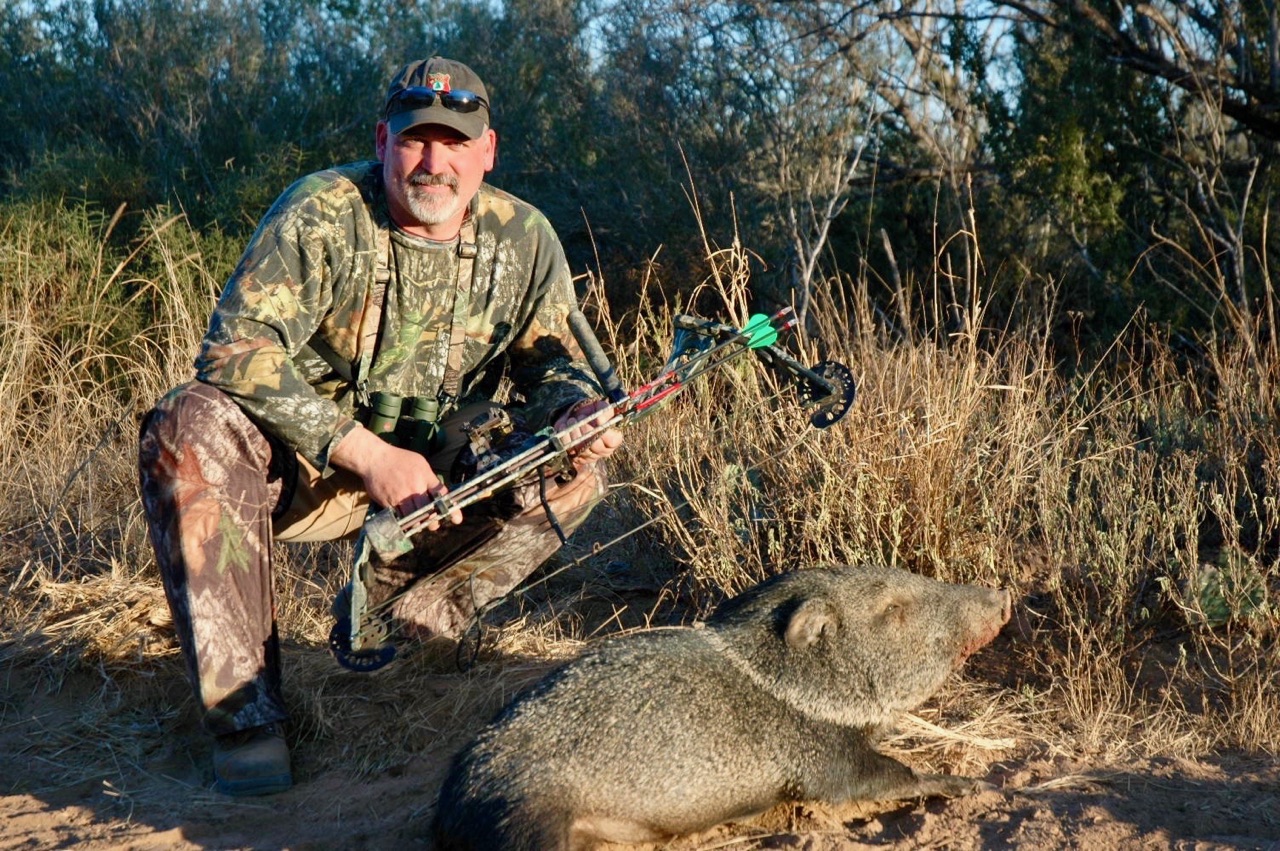

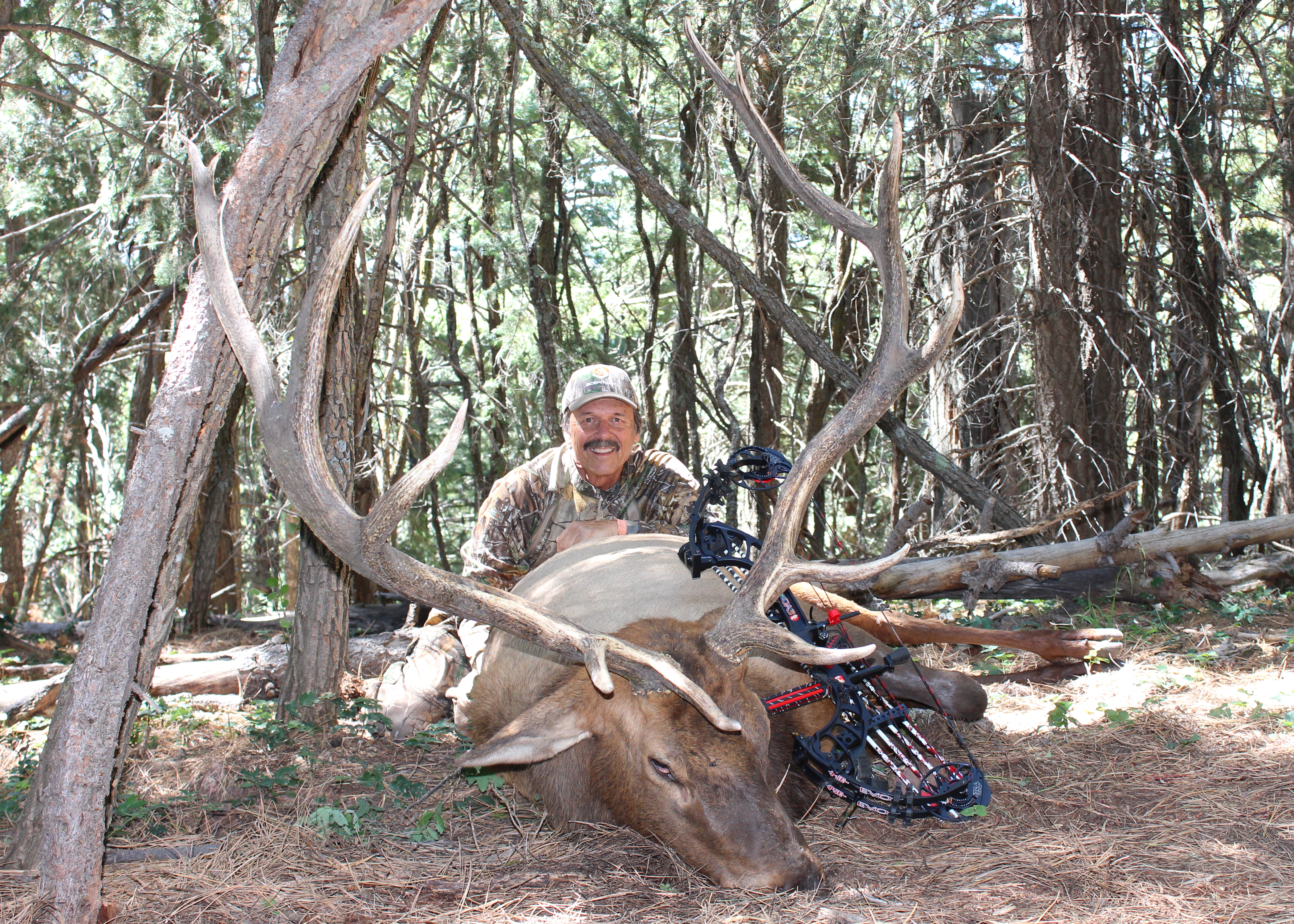
Leave a Comment